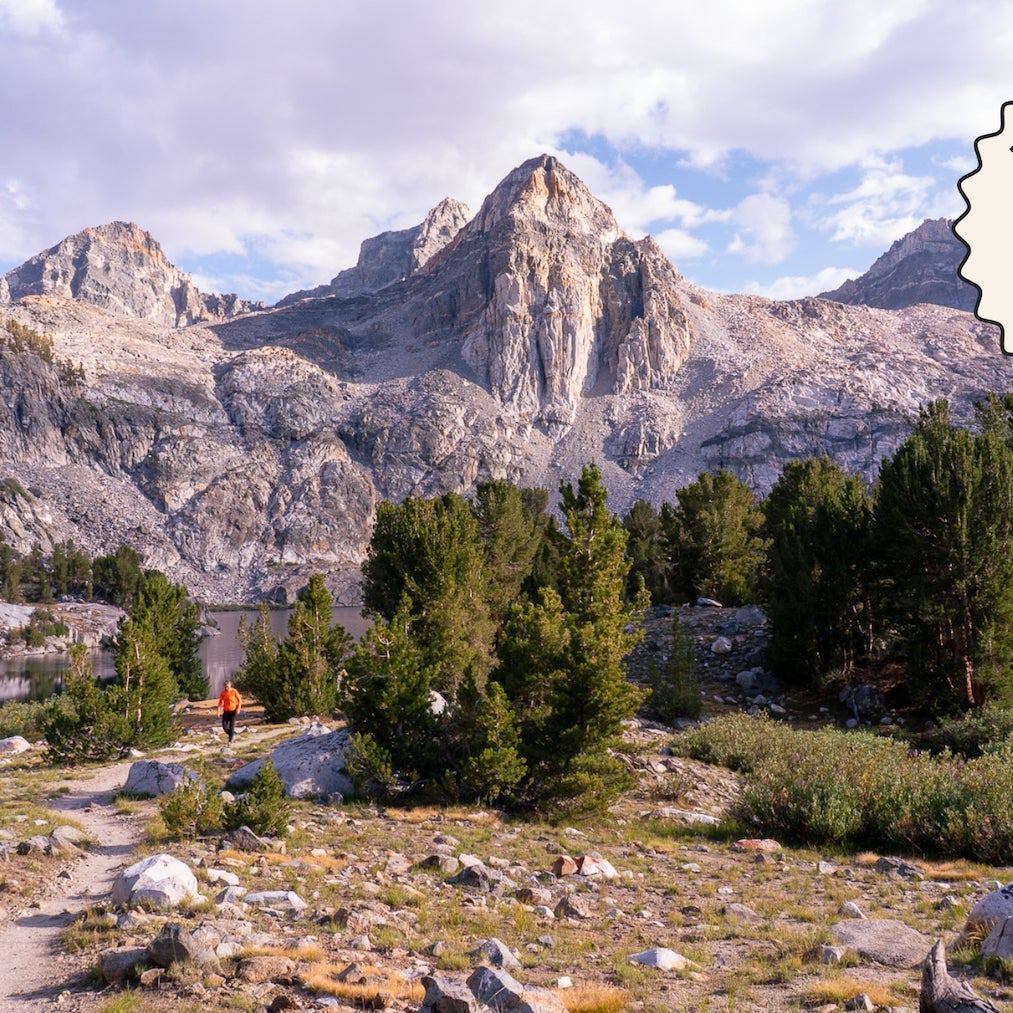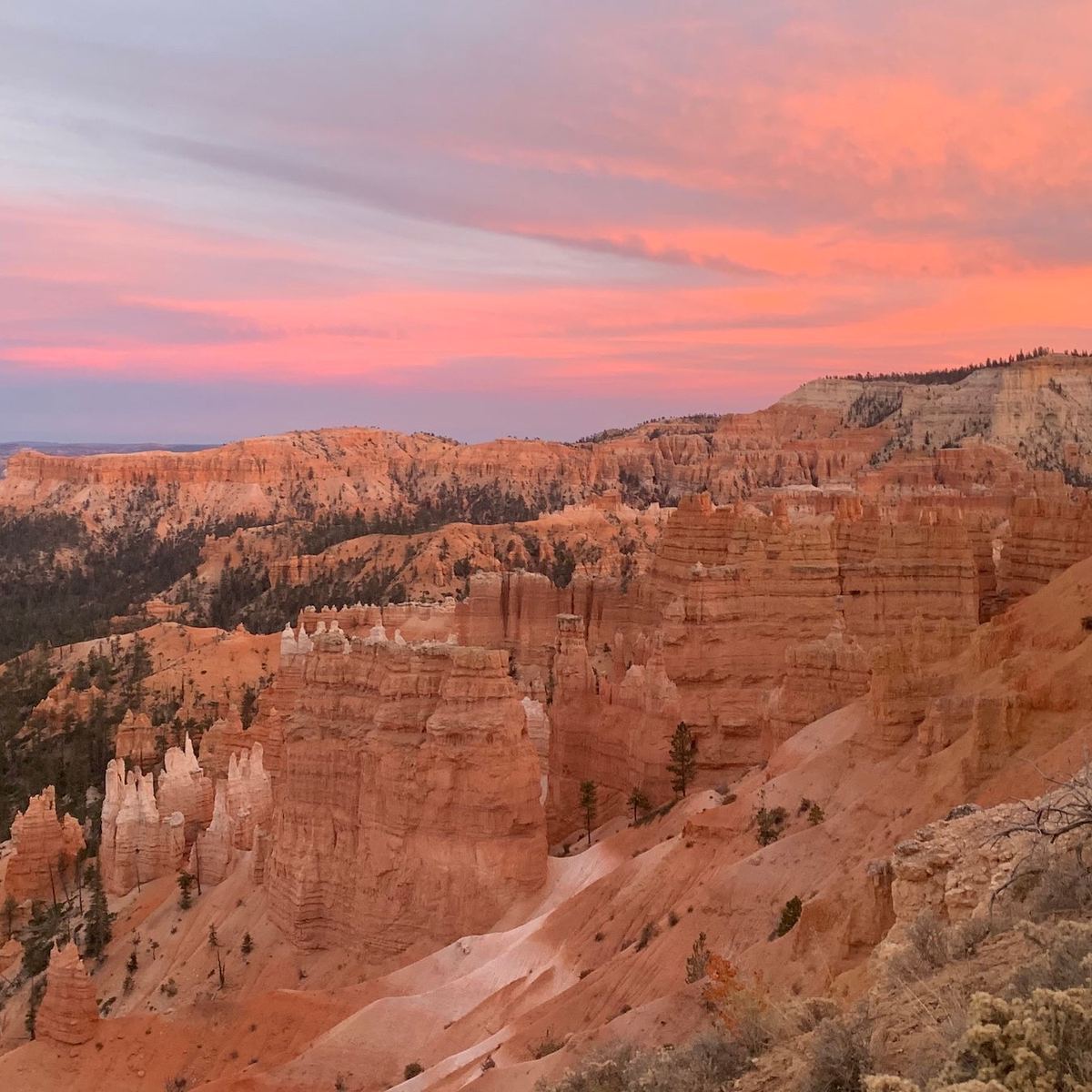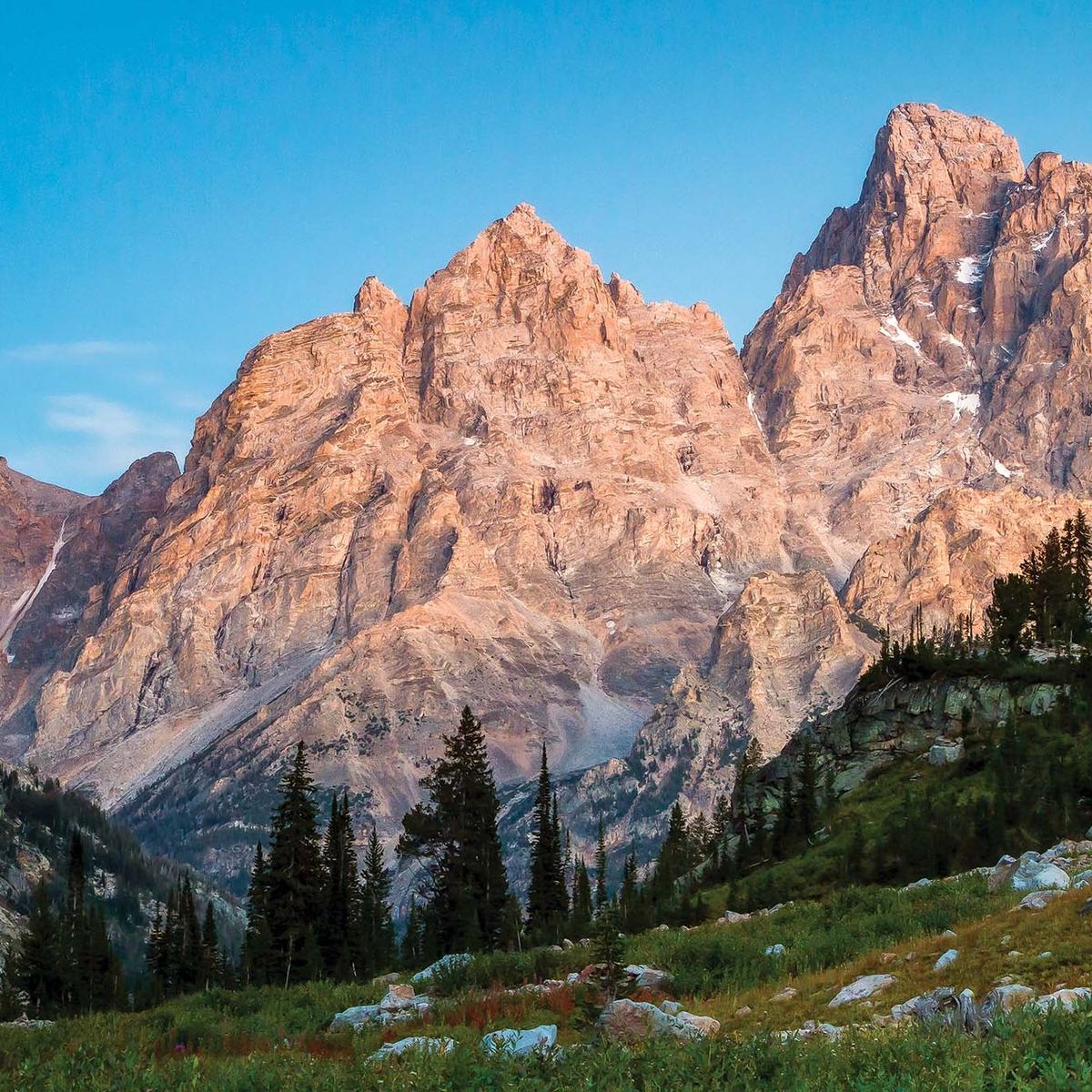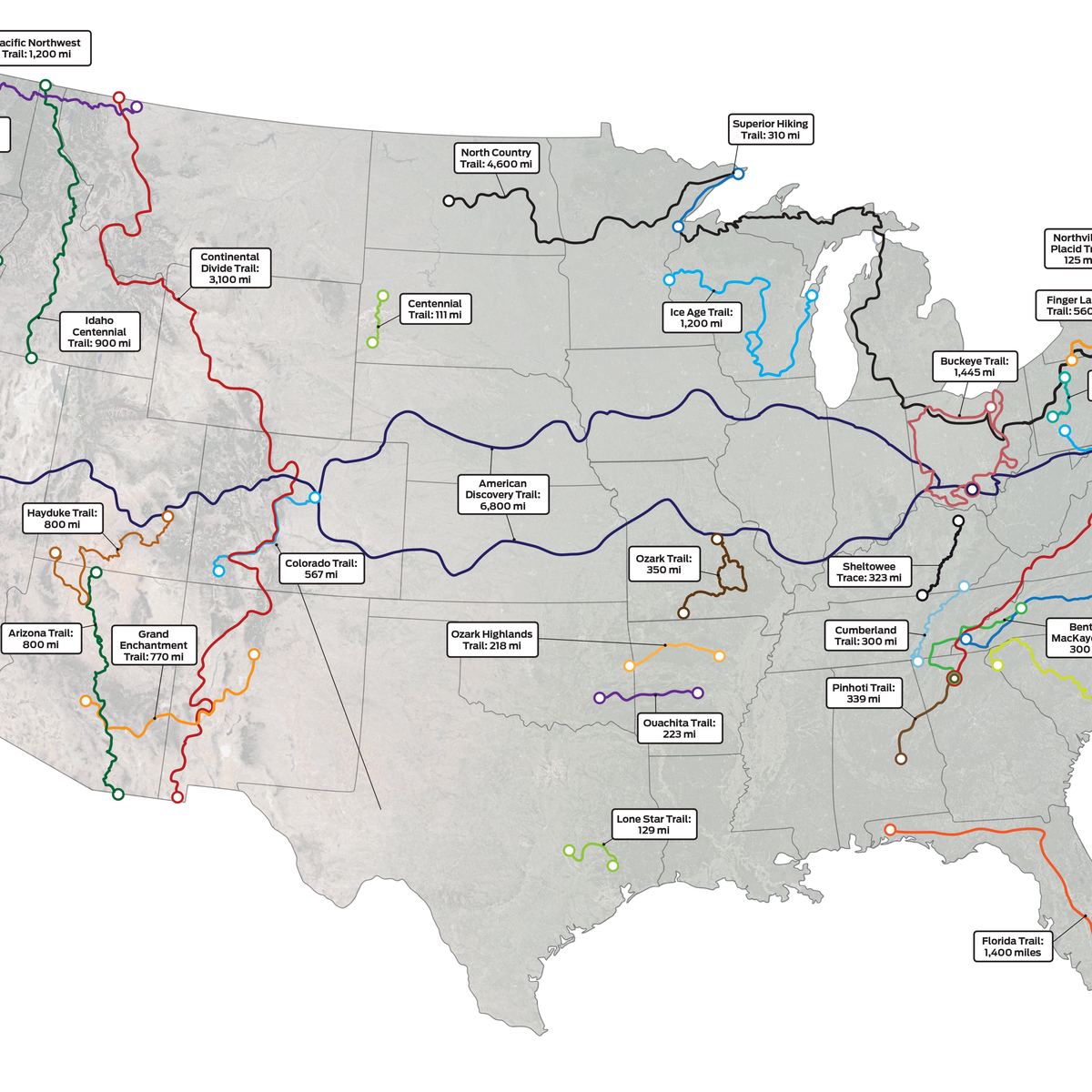Where Does a Local Hike In Joshua Tree National Park? These 3 Trails
Where Does a Local Hike In Joshua Tree National Park? These 3 Trails
There are lots of trails to pick from in Joshua Tree. Here are three local's favorites.
Heading out the door? Read this article on the new Outside+ app available now on iOS devices for members! Download the app.
Arguably one of the most picturesque national parks in the country, Joshua Tree National Park is just a two-hour drive east from Los Angeles and a three-hour drive northeast from San Diego. Its proximity to major cities in Southern California is a major draw for its over 3 million annual visitors.
As the second-largest national park in California at 1,235.4 square miles, Joshua Tree has so much more to experience beyond taking pictures of its namesake plant. The sprawling oasis is home to varying landscapes and interesting flora and fauna, including pink barrel cacti, chollas, and more.
March/April and November/December are the busiest times of year during prime weather seasons. As with any popular national park, some of the most “Instagrammable” vignettes of the park, such as Arch Rock or Skull Rock, get overwhelmed with visitors even on low-traffic days. For tranquil hikes and reduced impact on the land, you should prioritize lesser-visited parts of Joshua Tree. We got the inside scoop from lifelong local hiker Travis Puglisi on local favorite spots in the park.
Puglisi has lived in the High Desert for over 20 years. An avid hiker, he logged 700 miles on foot in 2023 alone. He’s a former community ranger with the Mojave Desert Land Trust; now he leads guided hikes in the park through his company Wandering Mojave Hiking Services.
“Only a minuscule amount of the park’s trail and road systems are utilized by visitors,” he explains. He estimates that over 90 percent of all Joshua Tree park visitors never make it more than 100 feet from their vehicle. That’s not necessarily a bad thing, he says. It means there’s an “outlandish amount of land that isn’t impacted by human beings regularly.”
That means there are plenty of places in the park to hike without crowds. Puglisi says that “just about any trail that is 3 miles or more will have exceptionally few—if any–people on it.”
Exploring deeper reaches of the national parks comes with a warning. Puglisi says irresponsible hikers can cause “delicate soil structures to become compacted, pieces of history to get picked up and walked away with, and stacks of rocks to appear where none are needed.”
Looking to leave the car far off in the distance and see the best of Joshua Tree? Here are Puglisi’s favorite trails. Hike them safely on your own, or better yet, hire an experienced guide.
Covington Flats
Covington Flats, in the west end of the park, is where you’ll find the longest single trail within the park. His favorite of the Joshua Tree trails is the California Riding and Hiking Trail, which runs from Black Rock Canyon to the North Entrance in the Mojave Desert section of the park. This area receives high precipitation levels and cooler temperatures compared to the rest of the park, which Puglisi notes has lead to an abundance of diverse plants.
You’ll see California junipers, Joshua trees, single-leaf pinyons, and oak trees here. Puglisi notes that in May, the antelope bitterbrush blooms, blanketing the area in fragrance.
There’s also a wide variety of fauna including deer, butterflies, and birds. “Apart from reptiles, nearly every mammal in the park can be found [in this region],” he says. “Covington Flats is one of the best locations to make naturalist observations in the park.”
Covington Flats is also where you can find some of the park’s famous granite rock formations along with the Pinto Gneiss. “When the Gneiss formed, there was no terrestrial life,” Puglisi says. “This blend of igneous and metamorphic rocks is within the Little San Bernardino Range, one of the six ranges that makes up the national park.”

Twin Tanks
Puglisi loves the Twin Tanks zone in the west-central side of the park. Because there are no maintained trails in the area, it can be challenging for beginner hikers to explore the area. There are series of isolated rocks formations, slots, and watersheds. Puglisi has also seen desert tortoises, tarantulas, desert paintbrush, desert willow, and sumac trees.
“The term ‘tank’ on maps of JOTR indicates a location where gravity, geology, and human engineering join forces to create water reservoirs,” Puglisi says. “These rock and mortar installations were used to water livestock, support mining operations, and keep humans hydrated. If there’s no trail, follow the washes, or ephemeral stream beds that criss-cross the desert.”
Two more reasons why Puglisi likes the area: displays of cacti in shallow depressions and the abundance of biological soil crusts. Puglisi says this soil crust is “crucial to the maintenance of biological integrity in the desert and must not be trod upon.” It takes decades for these biological crusts to grow, and for the local flora, it’s worth the wait. This kind of soil protects landscapes from erosion, retains water, and holds onto other nutrients that many desert dwellers need to survive. Just a couple steps on this fragile crust can cause damage that takes years to recover.
Mary Peak
The Hexie mountain range marks the geographic center of JOTR, and it’s home to Mary Peak, one of the park’s best scrambles. “Although it’s not among the highest peaks in the park, Mary Peak hosts a dramatic cliff face that rises sharply,” he says. Along the route, you’ll see creosote bush, one of the most interesting plants in the park. It releases a smoky aroma when moisture is present in the atmosphere, can clone itself, and lives for thousands of years. There’s also desert tobacco, Mojave barrel cactus, and phacelia in the area.
Mary Peak route has some minor fourth-class terrain when hiking out-and-back along a north-south trending ridge, which is the principal path to the summit. “The view from the peak provides spectacular vantage to take in Pinto Mountain, the expanse of the Pinto Basin, and the jagged ridgeline of the Coxcombs,” he says.
From 2024








